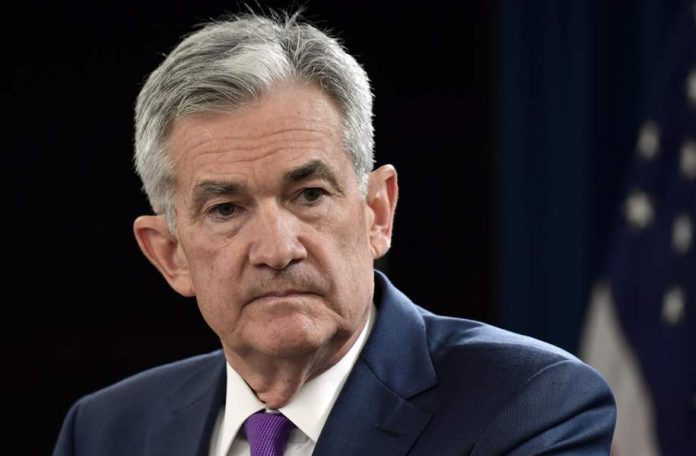Goodbye inflation. Hello newfound economic stability?
Monday morning, the Federal Reserve was happy to report that their “preferred inflation gauge” showed no change in the month of March, remaining well below the central bank’s “trigger point”. Consumer spending, which initially looked low for Q1, now seems as though its trending up, along with motor vehicle expenditures and health care costs.
Moreover, the core personal consumption expenditures (PCE) index (which ignores food and energy prices) was flat in March, keeping the 1.6% year-over-year cost increase announced on Friday level – mimicking February’s activity.
But the real star of the show in this morning’s report was the PCE deflator – the Fed’s key inflation metric. Chairman Jerome Powell sees 2%, a number that hasn’t been hit for most of the past 10 years, as a “healthy level” for price stability
Because it continues to linger at roughly the same reading – an increase of 1.7% core (excluding food and gas), 1.3% headline (including food and gas) – the Fed says its happy to keep interest rates steady. It’s something Powell vowed to do during his “rate pause” announcement earlier in the year, and though the move certainly reinvigorated the market, some investors weren’t convinced that he’d honor that promise in the face of a recession.
But with signs of improved economic activity – notably a Q1 GDP growth surprise – the Fed’s hand isn’t even close to being forced. At least, not yet.
Especially since inflation is a total non-threat according to the PCE deflator.
But some folks are concerned that inflation is too low, and that the Fed might end up cutting rates further – throwing a curveball into a “right-on-track” economic recovery. According to a poll conducted among market analysts, many believe that there’s as much as a 65% chance that rates are reduced in 2019.
The low inflation rate “will reinforce the concerns of several officials that inflation is still too low to be consistent with the 2% target and, if we’re right in expecting activity growth to slow over the course of this year, makes it all the more likely that the Fed will be seriously contemplating interest rate cuts before too long,” according to Andrew Hunter, senior U.S. economist at Capital Economics.
Larry Kudlow, current Director of the National Economic Council and former television host, agrees.
“The inflation rate continues to slip lower and lower,” Kudlow said while being interviewed on CNBC.
“Even according to the Fed’s own spokespeople, from the chairman on down, that could open the door to a target rate reduction.”
And though analysts agree that a rate reduction has a real possibility of occurring, some disagree on whether it’s the “right move” for the economy.
“Bottom line, if income growth, while rising at a good pace, is no longer accelerating, it is more imperative than ever in this cycle that inflation remains low. We need higher REAL wages and trying to stimulate higher inflation will do the exact opposite,” remarked Peter Boockvar, chief investment officer at Bleakley Advisory Group.
Cutting rates now, while the economy looks robust, could have a massive (positive) effect on the market, as Powell “sells” into strength. Unlike the rate reductions of decades past – which often foretold a sagging economy – this would simply be a protective measure against “unhealthy” inflation.
And more importantly, a Fed-sponsored equity lift could be just what the market needs to sneak past the all-time-high its currently stuck at – giving bulls something to be very happy about as stocks reboot the record-setting bull run, chasing new heights will stuffing the pockets of optimistic investors everywhere.







